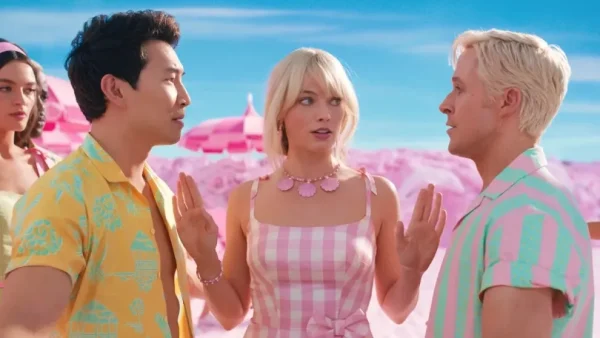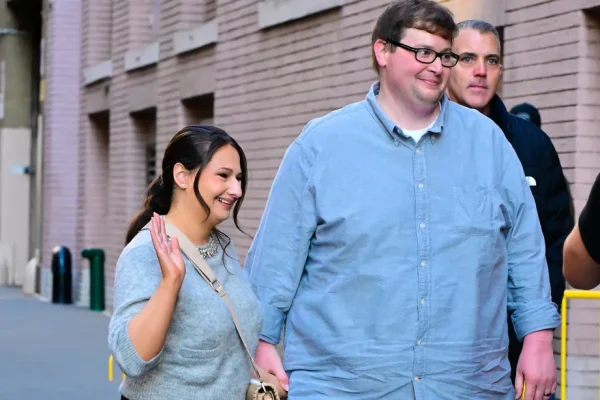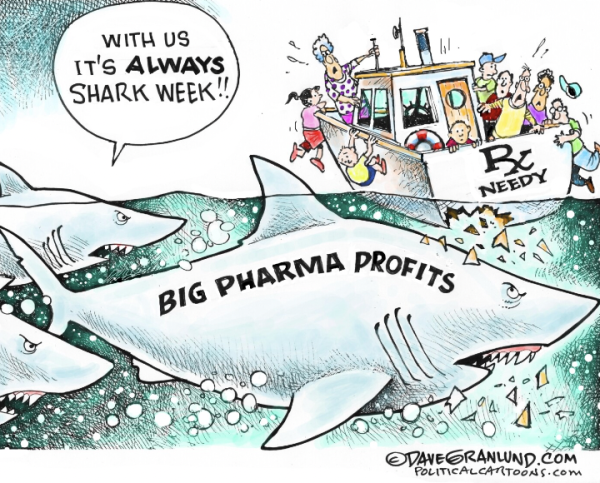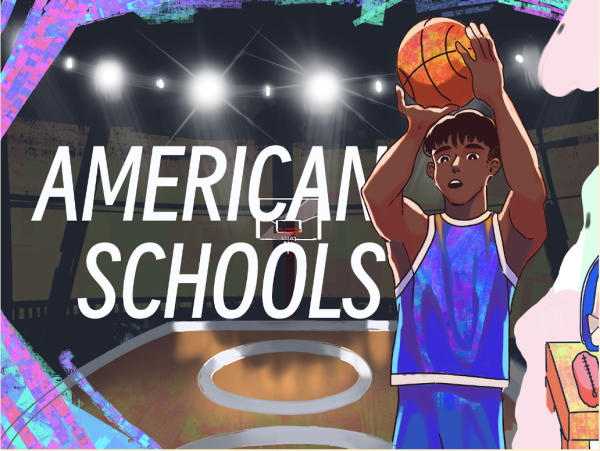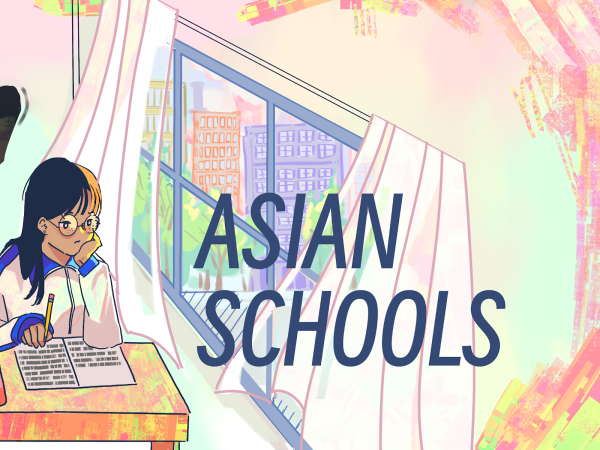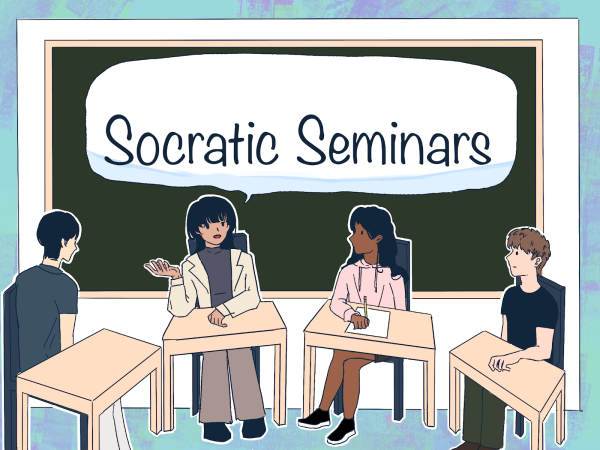The Vicious Cycle of Teen Stereotypes

Media influences surround all aspects of life, especially for teenagers.
The camera pans across the party scene. Teenagers sip spiked punch, yell obscenities across the pool table, and blast loud music. Just a normal day in their lives, right? A perfectly accurate portrayal?
The answer might seem obvious, yet people don’t recognize it in young adult books, movies, and TV shows. This has real negative consequences for teens. Teenage stereotypes in books and media distort both teens’ perceptions of the world and the world’s perceptions of teens by affecting their relationship beliefs and job opportunities.
Common romantic tropes in literature rely on unhealthy relationship and gender ideals, normalizing toxic standards to teenagers; one example is enemies to lovers. This romanticized trope is seen as desirable, when in reality, it’s often an example of gaslighting and manipulation. A study done by Julia Lippman, a research fellow at the University of Michigan, found that those who watch romantic movies with stalking are more likely to believe stalking is normal in love. Watching a stereotypical movie does not necessarily turn someone into a stalker, but it does normalize stalking. As per Albert Bandura’s social learning theory, people tend to emulate well-known figures such as celebrities. Teenage minds are especially impressionable, since their prefrontal cortex, the logical part of the brain, is not fully developed. Constant consumption of toxic romance media may consequently set a twisted standard. Someone might follow their love interest around in the hopes that they’ll “win them over eventually.” This mindset is dangerous for both: the person being stalked could either feel immense discomfort or ignore serious red flags, while the stalker could get into further trouble.
Stereotypes about race and gender compound the romantic misconceptions caused by the media. In a similar study, Lippman found that male stalkers are seen as more socially acceptable than female stalkers; the latter are often considered fanatical. This idea is prevalent because males, traditionally, have been considered more dominant. Internalizing these ideas can cause girls to be more passive and less confident, while boys are more likely to pursue someone who has said no. Racial stereotypes also play a part, especially in movies. A DW data analysis of Hollywood movies found that white males are typically the successful characters, while nonwhite characters are portrayed in a more negative light. This may lead to prejudiced generalizations of all groups, such as the idea that people of color are in need of rescue so white people must “save the day.” This concept, the white savior complex, causes small “helpful” actions to be lauded profusely when in reality they only scratch the surface of systemic issues. In romance, characters are also based on cultural stereotypes. Asian women might have submissive roles, while Latino men fill more seductive roles. Teens who constantly watch biased movies may begin to associate certain groups with those stereotypes, perpetuating cultural myths. Racial and gender stereotypes in the media warp teens’ views of others.
Media stereotypes also alter the world’s beliefs about teens: employers are more likely to see adolescents as immature and underprepared for jobs. According to Demos, a British think tank, the words that describe teens most often in the media include “binge-drinking” and “crime.” 85% of teens feel like this representation decreases their job opportunities. This contrasts with the fact that 80% of surveyed students and 66% of teachers think that teens of this generation actually have a higher concern for social issues than previous generations. The gap in between the perception and reality shows how inaccurate such media portrayals are. On top of believing in false romantic stereotypes, teens have to deal with stereotypes being assigned to them. Every student has different circumstances, and it is unfair that false perceptions lead them to lose out on valuable life experiences.
One might say that if teens are innately good, they will ignore stereotypes and continue behaving accordingly. However, this view fails to account for stereotype threat. Stereotype threat is a phenomenon where people who are reminded of stereotypes tend to act in accordance with them. In a Stanford study, researchers discovered that participants who thought about stereotypes towards them were more likely to cheat on an unsolvable test. This held true even in “historically non-stigmatized groups” like “white Americans.” Even well-behaving teens can be influenced. If an employer believes a teen employee is unproductive or irresponsible, the teen might be tempted to act badly because of a loss of agency. That creates a vicious cycle where society sees teens negatively and teens reinforce that belief. With stereotype threat from the media, even well-behaved adolescents can get into trouble, decreasing their contribution to society.
From affecting adolescent perspectives of reality to creating further stereotypes themselves, teenage stereotypes in media cause a variety of problems. The more teenagers see these misconceptions played out, the more likely they are to believe them. Creators should try to stay away from common tropes and characters, highlighting instead unique and underrepresented perspectives.



